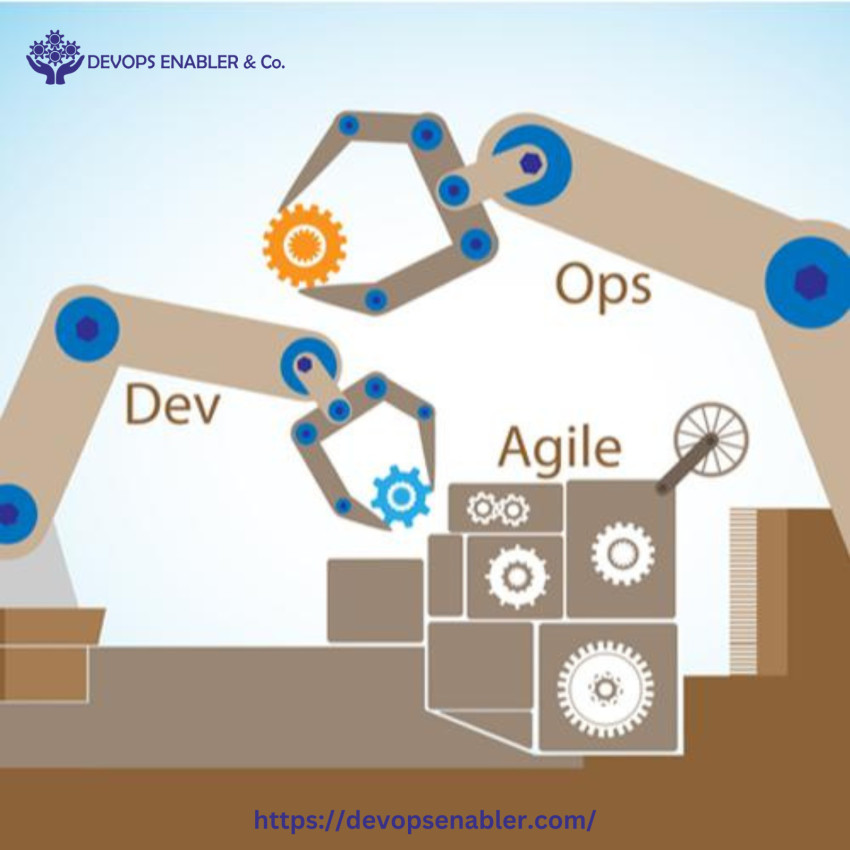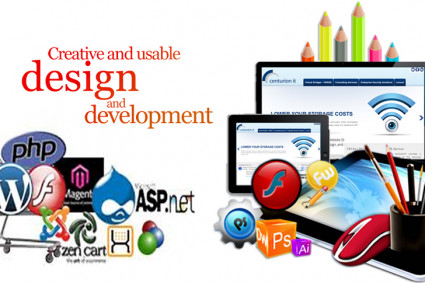
Best Practices: CI/CD with Microservices, for the software development landscape, where agility and scalability are paramount, Continuous Integration and Continuous Delivery (CI/CD) have emerged as indispensable practices. Particularly within the context of microservices architectures, where complex systems are broken down into smaller, independently deployable components, CI/CD plays a pivotal role in ensuring seamless integration, testing, and deployment of services.
What is CI/CD?
CI/CD, or Continuous Integration and Continuous Delivery, refers to the process of continuously integrating code changes into a shared repository and delivering them to production environments. Continuous integration involves merging code changes into the main branch, ensuring it meets production quality standards through automated builds and tests. Once changes pass through the CI process, they are circulated to environments resembling production settings for continuous delivery. Automated deployment into production, known as continuous deployment, occurs once the changes are approved.
CI/CD with Microservices:
In a microservices architecture, the goals of a robust CI/CD pipeline include enabling teams to independently develop and deploy changes without disrupting other teams' work. New service versions undergo testing in a dedicated environment before deployment to production servers. Quality checks are performed at every level of implementation, with policies for access control in place to manage code deployment and integration. Effective CI/CD implementation for microservices relies on providing the right tools and features for infrastructure optimization.
We're Here to Listen - Reach Out: https://devopsenabler.com/contact-us
Best Practices:
1. Automation Priority: Automate tests and processes logically, prioritizing unit tests, smoke tests, functional tests, and UI tests. Consider dependencies and impact on other processes when deciding the automation sequence.
2. Frequent Software Releases: Release software frequently by maintaining a release-ready state and testing in an environment identical to production. Implement practices such as A/B testing and gradual rollout to ensure successful feature deployment.
3. Minimal Branching, Daily Commits: Encourage daily commits to the main branch to reduce integration pain and improve development efficiency. Utilize GitOps for direct commits from local branches, promoting smaller, manageable changes.
4. Microservices Readiness: Incrementally transition to microservices architecture, focusing on mission-critical components and gradually replacing the old system with the new architecture. Embrace microservices as an effective approach to manage DevOps challenges.
5. Security Maintenance: Secure CI/CD systems by segregating them from external networks and implementing strong access controls and authentication mechanisms. Utilize two-factor authentication and access management systems to mitigate security threats.
CI/CD best practices aim to automate the building process, thoroughly test products, and release software efficiently. Access to DevOps tools facilitates automation and provides insights into software progress. Tracking DevOps performance metrics enables quick recovery from deployment or release cycle issues. By adopting these best practices, organizations can streamline their development processes, improve code quality, and deliver software reliably and efficiently in microservices environments.
Contact Information:
· Phone: 080-28473200 / +91 8880 38 18 58
· Email: sales@devopsenabler.com
· Address: #100, Varanasi Main Road, Bangalore 560036.





